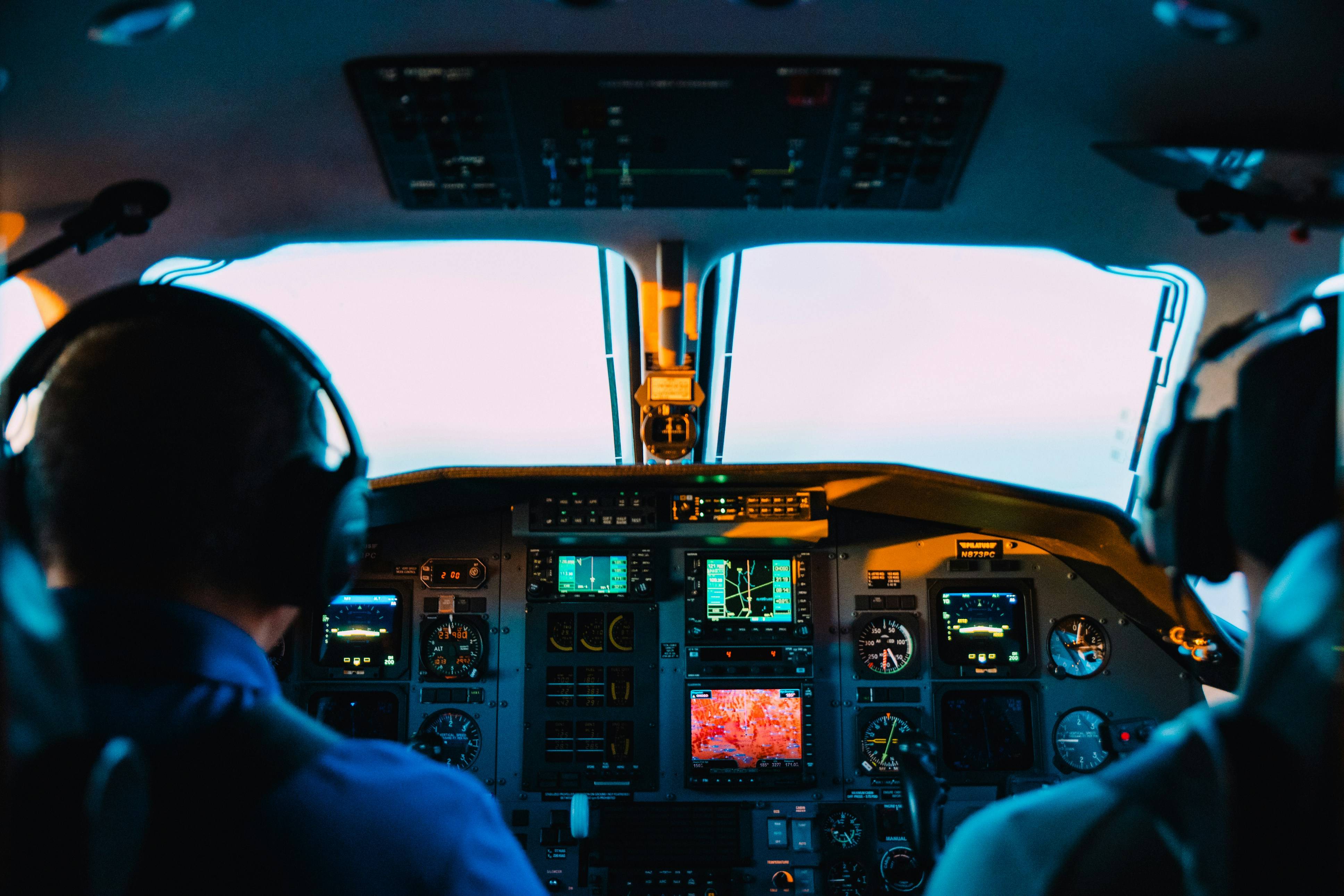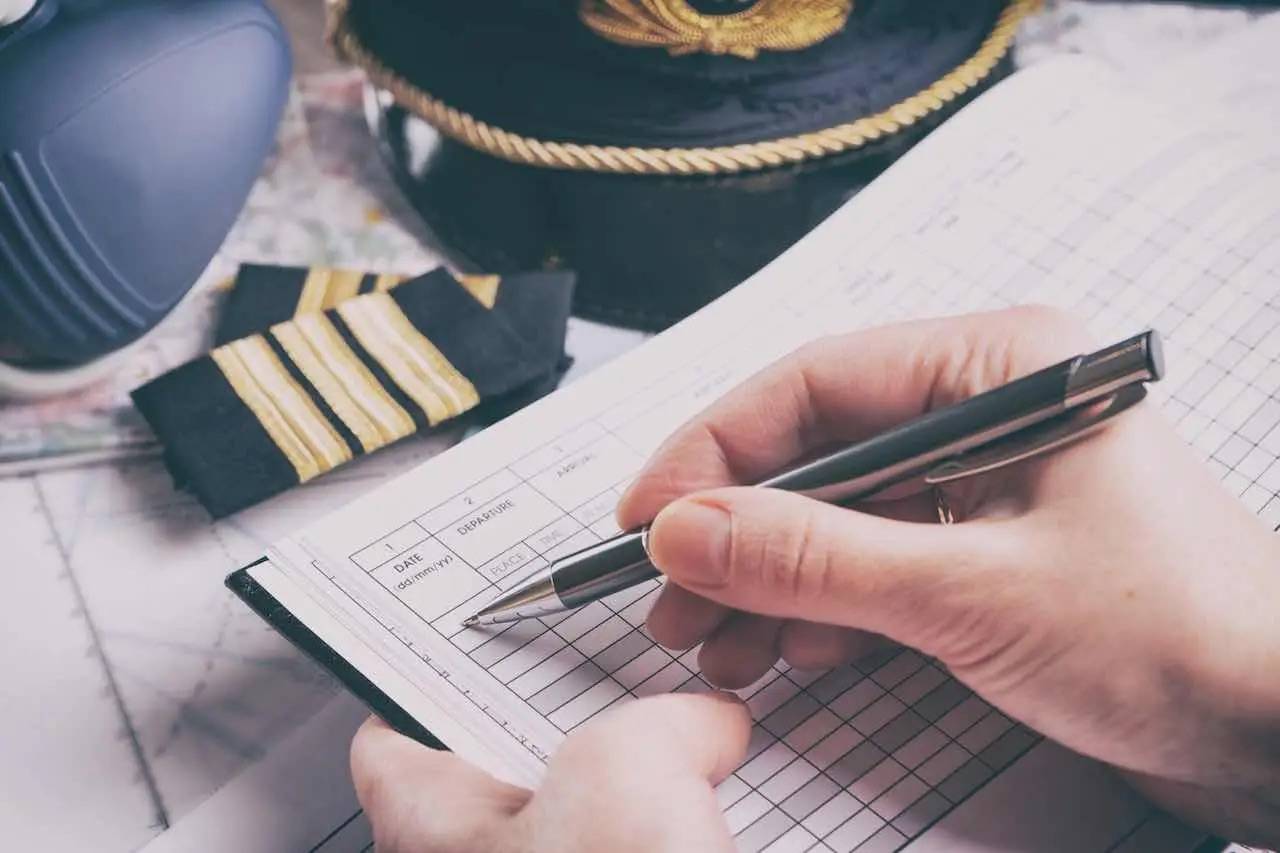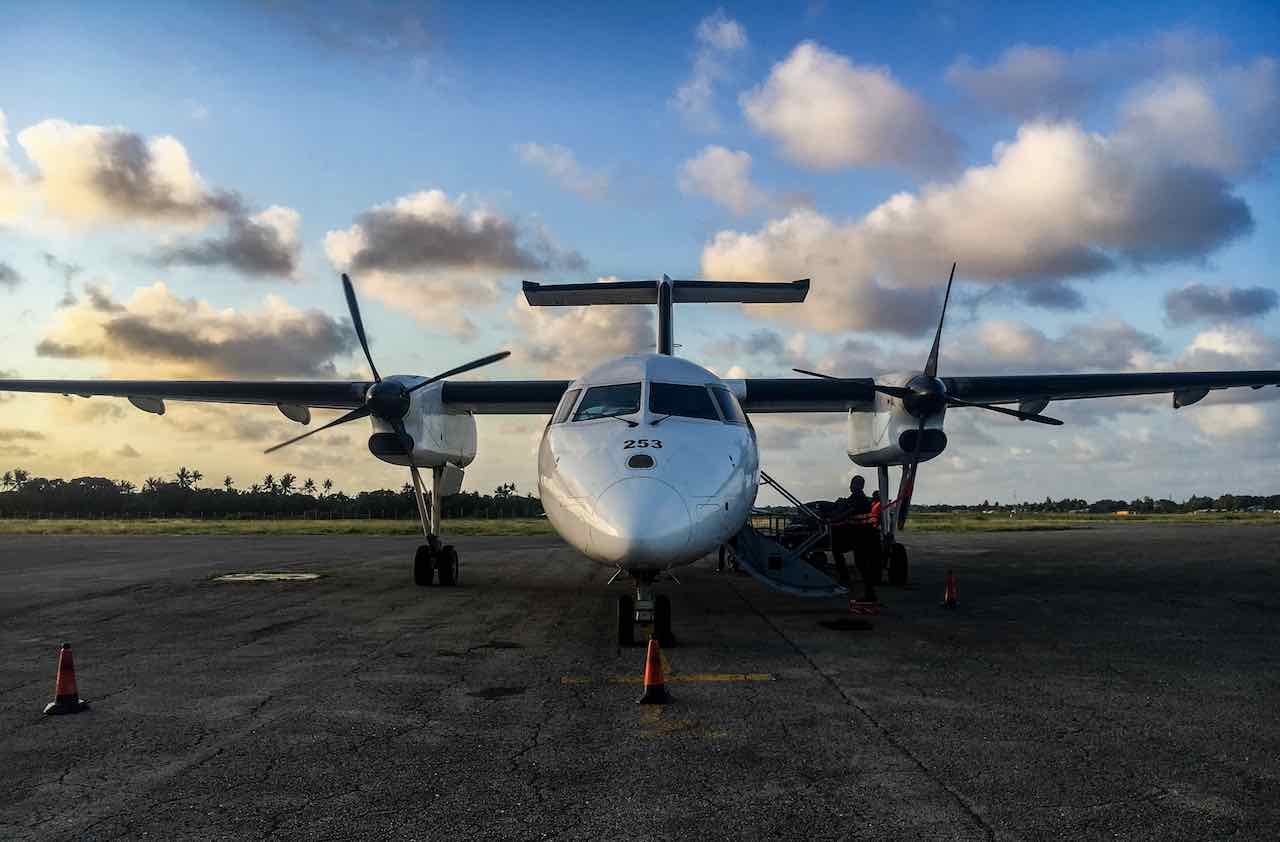SHORT-HAUL OPERATIONS: NO REST FOR THE WEARY
From my experience as a frequent flyer where Ive had the chance on a few occasions to chat with the flight crew, Iv'e found that many people have a certain stereotype about an airline pilot's workday. It's easy to imagine pilots relaxing in the cockpit, sipping coffee, and casually monitoring the flight instruments while the autopilot does most of the work. I used to think pilots enjoyed this kind of peaceful environment for a few hours until landing at their destination.
However, from talking to many pilots and experiencing it firsthand, I've realized this isn't always the case. For countless short-haul and commuter pilots, the reality is far different. The opportunity to relax during cruise is more of a luxury than a norm. Pilots flying "puddle jumper" routes often have cruise segments that are barely longer than the other phases of flight. I remember one pilot telling me that for regional airlines, flights can be as short as 100 miles or even less. The cruise phase sometimes lasts only a few minutes.
During these brief moments, pilots are anything but idle. They're busy with a multitude of tasks, often involving paperwork. It was surprising for me to learn just how much they have to juggle. And for commuting pilots, the challenges are even greater. They often have to catch early morning flights to their base, and if they miss the first flight, it could mean waiting hours for the next one. This adds a whole new layer of fatigue and stress that I hadn't considered before.
VIDEO:Ever wondered what it's like to navigate the skies as a regional airline pilot? In this engaging video, Swayne Martin answers the top 10 questions from his audience after a year of flying. From the challenges of operating at Chicago's O'Hare Airport to staying healthy on the go, and even sharing his favorite and least favorite layover experiences, Swayne covers it all. I found this video incredibly insightful, especially when he talked about managing a healthy lifestyle while constantly on the move. If you're curious about the life of an airline pilot or looking for some practical tips, this video is a must-watch!
Checklists
I've noticed that pilots, regardless of how experienced they are or what aircraft they're flying, rely heavily on checklists for every phase of flight. From preflight inspections to securing the aircraft at the destination, these checklists are essential. I've even seen how, on shorter flights, pilots have to go through these checklists quickly, which must be quite the challenge. The more legs a pilot flies in a day, the more often they need to run these checklists. For many regional pilots, flying can seem like an endless cycle of checklist completion.
Weight & Balance
Understanding weight and balance was eye-opening for me. Every aircraft has specific weight and center of gravity (c.g.) limits, and pilots must ensure that every flight leg complies with these restrictions. This involves calculating everything from fuel to passenger weights, baggage, cargo, and the aircraft’s own weight. I've heard that sometimes pilots have to offload weight or rearrange passengers and cargo to get everything just right. It's a complex job that requires excellent math skills, especially for commuter pilots.
READ MORE: Direct vs Non-Stop Flights Explained
Takeoff & Landing Distances
Takeoff and landing distances are another critical factor that pilots must calculate for each flight. Factors like aircraft weight, temperature, atmospheric pressure, and runway conditions all play a role. From my conversations with pilots, I learned that even the same runway might be safe for takeoff but not for landing, or vice versa, depending on these variables. It's fascinating how much weather conditions, like snow or rain, can affect these calculations. I've seen flights delayed or weights reduced to ensure safe takeoff and landing at certain airports.
Speeds & Power Settings
One of the most technical aspects I've come across involves speeds and power settings, known as V-speeds. These vary depending on weight, temperature, and pressure. While modern aircraft often have systems to calculate these figures, older planes require pilots to do it manually. This becomes especially challenging on hot days or at high elevation airports, where engines might struggle to produce the necessary power for takeoff. It amazed me to learn that pilots sometimes have to reduce weight or wait for cooler temperatures to ensure a safe departure.
From what I've seen, regardless of the airplane type, pilots must always verify speed and power requirements before a flight. For short-haul and commuter pilots, every flight leg demands constant attention to a myriad of instruments and paperwork. This includes weather reports, navigational charts, airport diagrams, and company manuals. On short flights, it’s a massive task to get through all the necessary documents while ensuring the safety of passengers. It's clear that a day in the life of a regional pilot is far from easy.
READ MORE: Turbulence Explained
FAQ: Short-Haul Operations
Find more help here for your journey through the airport




